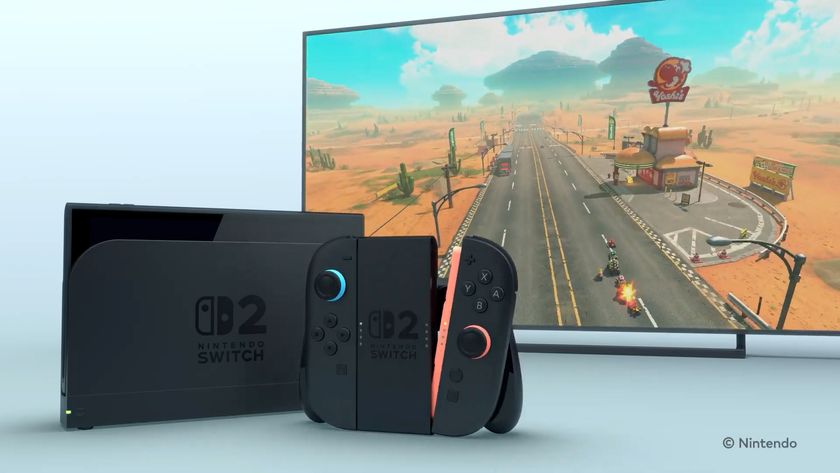Top 7 Games with parallel plotlines
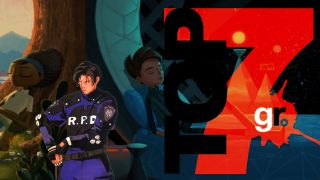
When worlds collide
As a species, we human beings love a good story. Some, like Dan Brown's novels, make us laugh. Others--like the story about my ex-friend who "took a pee pee" all over my PC while he was highly intoxicated--communicate the human experience of life, tragedy, and loss. Indeed, whether they appear in ancient cave paintings, classic novels, or even video games, stories are an integral part of our lives.
One of the great things about experiencing stories through games is the fact that you play an active role in the narrative. Thing is, it's easy to not care about villains or secondary characters when you don't have sufficient context for why the hell they're fighting you, or putting their lives at risk to help you save the world. That's why the following games are so special: They do fantastic jobs of telling parallel stories from multiple points of view, ensuring you get the complete picture of events as they unfold. Sure, these may not have the best stories of all time--but play them, and you'll come away with a richer understanding of their characters and worlds thanks to their converging stories.
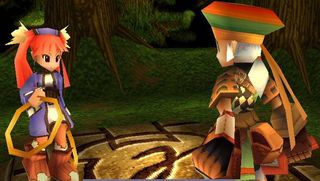
7. Threads of Fate
On the left is Mint, a snarky princess whose claim to the throne is forcibly taken by her younger sister. Her pastimes include hunting woodland creatures with what appear to be plastic hula hoops, making fun of everyone that isn't her, and being super pissed that her status as heiress has been revoked. Then there's Rue, a gentle soul whose only desire is to avenge his BFF Claire, who was brutally murdered by some spiky-haired dude with elephantitis of the hand. These are two very different characters, yet their paths inevitably cross, as they both hope to achieve a similar goal: find an ancient artifact that supposedly grants a wish to its wielder.
In Threads of Fate, you choose which character you'd like to play at the start of the game. Rue's journey is a bit more serious; he's a noble fighter seeking retribution, and his focused personality comes through in his many interactions with Mint and other characters. Meanwhile, Mint's campaign provides a more laid-back, humorous take on their journey; her stingy personality comes across as selfish but amusing, lacing the adventure with plenty of comedic relief. Regardless of your choice, the two inevitably cross paths--but only by playing as both characters will you develop an understanding of their true motivations.
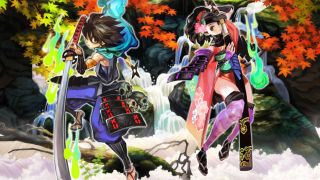
6. Muramasa Rebirth
The story in Muramasa Rebirth is, figuratively speaking, a double-edged sword. One campaign features a young woman named Momohime, a princess whose body is possessed by the spirit of an evil swordsman, thus allowing her to cut through ninjas like she's some sort of David Blaine street magician. The other plot follows the journey of Kisuke, an amnesiac ninja (what year is this again, 1998?). But both wield cursed demon blades: swords so powerful that simply using them drains your very life force. Logic dictates that they should probably just put said weapons down for good, but hey--sometimes telling a cool hack-'n-slash story means ignoring common sense.
Both protagonists play very similar in terms of style, but Muramasa Rebirth does a great job of using its parallelism to allow players to explore both sides of its 2D world simultaneously. Momohime starts at one side of feudal Japan, while Kisuke begins at the other. Their journeys traverse familiar locations, and they share the same tragic curse. Only by feeding themselves to the demonic hunger of the Muramasa blades can they hope to overcome the obstacles standing in their way.
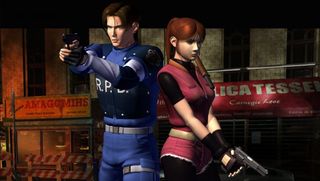
5. Resident Evil 2
What's this? No Resident Evil 6? Let me explain. RE6 does have four distinct campaigns that often intersect, but it feels more like a RE version of The Expendables than an interesting use of parallel storytelling. Not so in Resident Evil 2. You start by choosing to play as either Leon Kennedy or Claire Redfield, both of whom are trapped in a zombie-infested Raccoon City. Though their paths occasionally converge, they each have their own unique encounters, leading them through different parts of the same areas. As Claire, you might watch a helicopter smash into a police station and erupt in flames. As Leon, you might have to find a bomb to clear the wreckage. Only, you'll fail to do so because you just turned your TV off after seeing a Licker crawl across the police station's window. That's simply too terrifying to deal with (or maybe that's just me?).
What's more, picking up precious ammo or weapons in one campaign makes them unavailable in the other, creating an even greater sense of tension as you inch your way through the zombie horde in hopes of surviving. The subtle differences between each campaign--scenarios, character interactions, and even boss encounters--do an incredible job of making Leon and Claire's separate journeys feel like two parts of a greater whole.
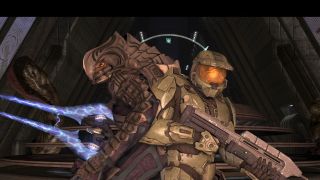
4. Halo 2
Ah, Halo 2. Many talk about it fondly to this day, often because it was the place to teabag strangers online from a console circa 2004. But it also makes excellent use of parallel storytelling. You play a majority of the game as Master Chief, one of gaming's greatest heroes--but the segments where you control the alleged-heretic Arbiter shed a lot of light on the mysterious Covenant.
Remember: Prior to Halo 2, the Covenant appeared to consist primarily of nonsensical dwarf creatures whose sole purpose was to die, and gangly shield-wearing Elites with tentacle-mouths. But the Arbiter's cutscenes and missions expose players to the Covenant's hierarchy. For the first time, you see their home; the intimidating Brutes; the Covenant's very leaders! Most importantly, you finally--finally--get to wield that badass energy sword. The Arbiter may not play much differently from Master Chief, but seeing their journeys converge near the end makes the finale all the sweeter.

3. Broken Age
At first glance, Vella and Frodo Baggins--er, Shay--couldn't be more different. She, a sacrificial lamb groomed to surrender her very life to the god Mog Chothra, and he, a space-faring teen whose only friends are an over protective AI and a bunch of sentient (and unbearably cute) yarn puppets. Not much in common, then. Or so it would seem.
Play their separate campaigns, and you'll get a closer look at their day-to-day lives. Turns out, neither are particularly happy. Vella's frustrated by her destiny: Why must she be sacrificed to some all-powerful creature that she's never even seen? Shay, too, feels imprisoned by the shackles of fate. Is he to spend his entire life in perpetual boredom on a seemingly abandoned spaceship, forced to interact with faux friends and participate in the same looping scenarios day after day after day? There's thematic parallelism here, to be sure, though you'll definitely want to play this one for yourself to see how that blossoms into a fantastic revelation.
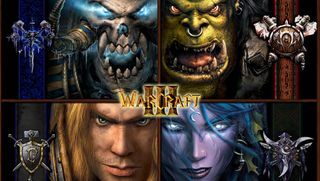
2. Warcraft 3: Reign of Chaos
Most single-player campaigns in real-time strategy games have pretty forgettable stories. The narrative often equates to: "That other faction is bad! Go build a huge army and destroy it." Fun, sure, but not particularly compelling. Warcraft 3, on the other hand, actually has interesting characters embedded in each of its four factions. And to understand their motivations for leading their troops to war, you must play each of their respective campaigns.
Only by doing so can you truly comprehend the how and why behind the willing transformation of Arthas Menethil--one of gaming's greatest all-time villains--from righteous paladin to powerful Death Knight. It's the only way to understand why Thrall, warchief of the Orcs, joins forces with the despicable humans to rid the world of demonic influence. Finally, playing every intersecting campaign is the only way to experience the most epic finale in RTS history, where all the factions you've been playing as team up to fight a single, truly evil force. Victory doesn't come easy, but the payoff is well worth it.

1. Grand Theft Auto 5
Three different characters, three different lives. Michael Townsley is an ex-con asshole who prefers hitting the sauce to chatting with his ungrateful family. Franklin Clinton wants a better life for himself but has to break the law to get by. And then there's Trevor Phillips, the Canadian-born but American-made meth addict / pseudo-sociopath who's driven purely by impulse. That Grand Theft Auto 5 manages to tell a cohesive story from the perspective of these star-crossed criminals is, to put it bluntly, fucking incredible.
One minute you're busting up gangbangers as Franklin; the next, you're planning a jewelry store heist as Michael so you can pay off some rich guy whose house you destroyed out of anger because he slept with your wife on numerous occasions. Then Trevor inevitably shows up and ruins everything. By the end of GTA 5, each of these characters seem more developed than your typical video game protagonist, largely because swapping between them provides more context about their individual lives. Plenty of games tell parallel stories, but none come together as well as the narrative in GTA 5.
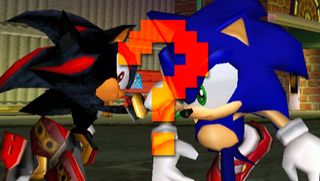
Don't be so perpendicular
And if you're looking for more, check out 8 crazy alternate settings for your favorite games and The explanation behind gaming's 7 strangest name changes.

Ryan was once the Executive Editor of GamesRadar, before moving into the world of games development. He worked as a Brand Manager at EA, and then at Bethesda Softworks, before moving to 2K. He briefly went back to EA and is now the Director of Global Marketing Strategy at 2K.

Assassin's Creed Shadows was originally envisioned without Yasuke, but Ubisoft wanted the full feudal fantasy: "We were sort of making a stealth tank, and it didn't quite work"
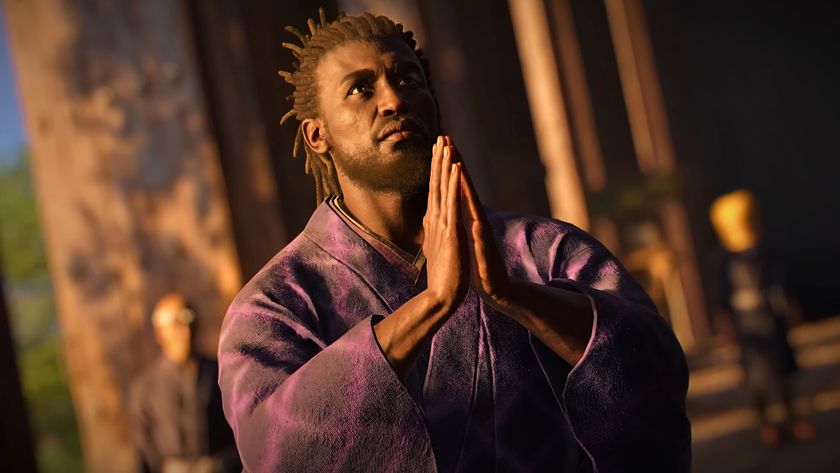
Assassin's Creed Shadows lead says dual protagonists are "a cool thing" the new action RPG "does better than what we've done in the past"

Assassin's Creed Shadows was originally envisioned without Yasuke, but Ubisoft wanted the full feudal fantasy: "We were sort of making a stealth tank, and it didn't quite work"

Assassin's Creed Shadows lead says dual protagonists are "a cool thing" the new action RPG "does better than what we've done in the past"
